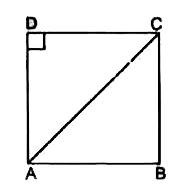In the given figure, ABCD is a square. Find x.
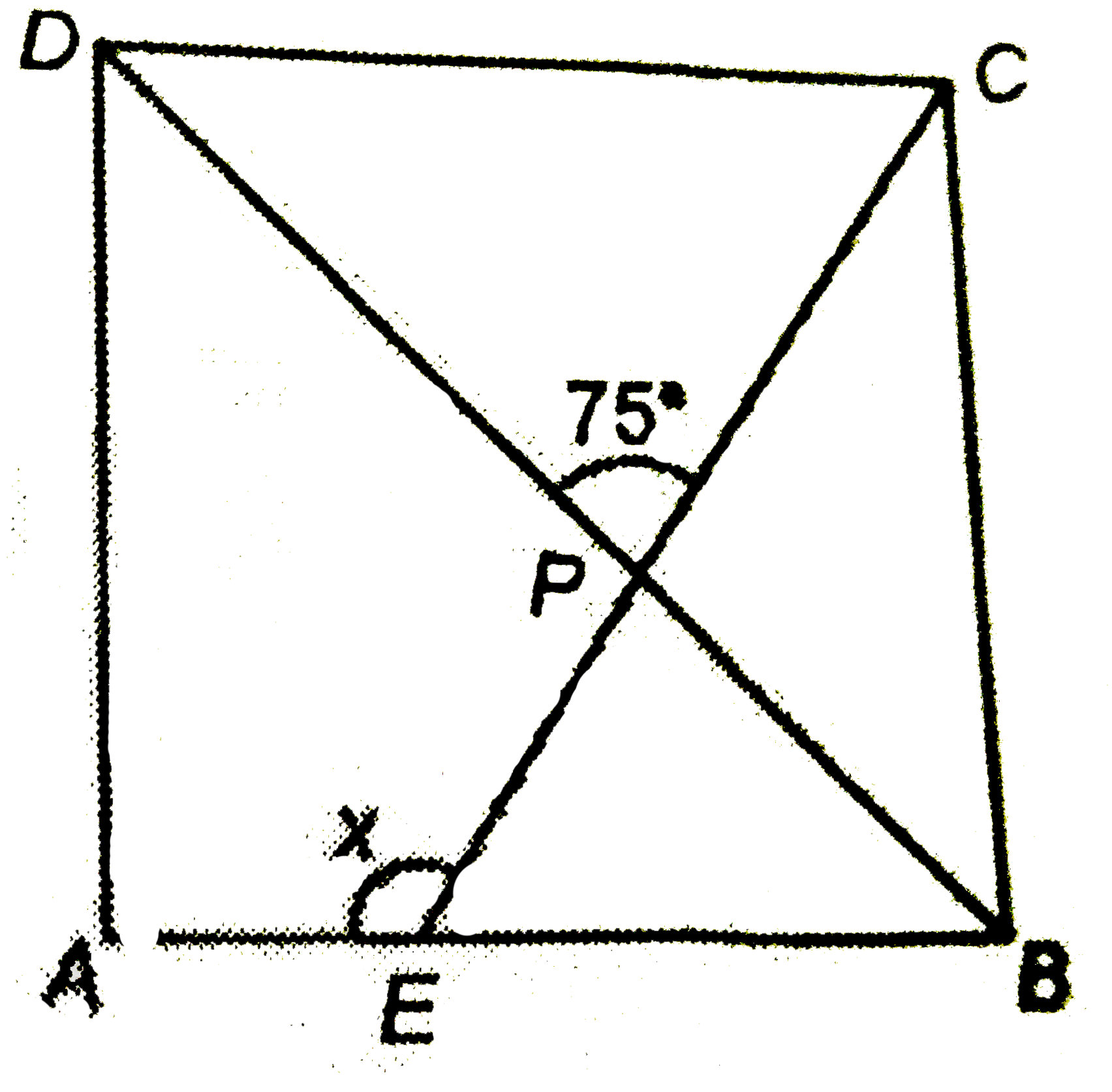
98
196
122.5
171.5
The correct Answer is:C
Step by step video & image solution for In the given figure, ABCD is a square. Find x. by Maths experts to help you in doubts & scoring excellent marks in Class 14 exams.
Updated on:21/07/2023Topper's Solved these Questions
- MENSURATIONBOOK - KIRAN PUBLICATIONCHAPTER - MENSURATIONEXERCISE - TYPE - III
21 Videos
- MENSURATIONBOOK - KIRAN PUBLICATIONCHAPTER - MENSURATIONEXERCISE - TYPE - IV
169 Videos
- MENSURATIONBOOK - KIRAN PUBLICATIONCHAPTER - MENSURATIONEXERCISE - Test Yourself
28 Videos
- LCM AND HCF BOOK - KIRAN PUBLICATIONCHAPTER - LCM AND HCF EXERCISE - Test Yourself
18 Videos
- MISCELLANEOUSBOOK - KIRAN PUBLICATIONCHAPTER - MISCELLANEOUSEXERCISE - TYPE-VI
15 Videos
Similar Questions
Knowledge Check
In the given figure, ABCD is a square. A line segment DX cuts the side BC at X and the diagonal AC at O such that <COD=105∘ and <OXC=x. The value of x is
 A40∘B60∘C80∘D85∘
A40∘B60∘C80∘D85∘
In the given figure, if ABCD is a square, and OX = OC the value of x is
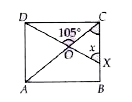
View SolutionIn the given figure, ABCD is a square of side 6 cm and CDE is an equilateral triangle. Find the perimeter of the figure.
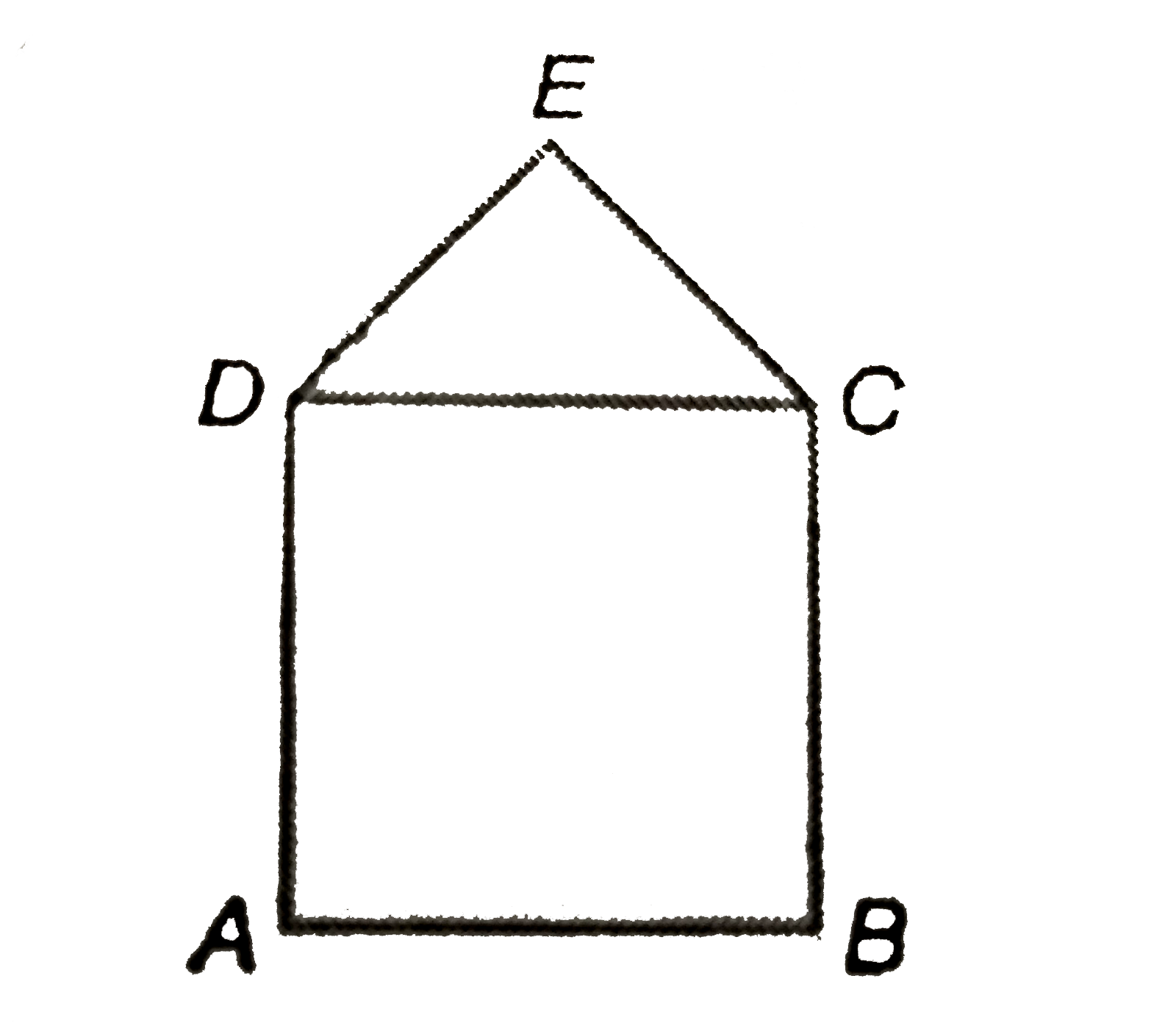
View SolutionIn the given figure, ABCD is a square of side 14 c m .Semicircles are drawn with each side of square as diameter. Find the area of the all region.
View SolutionIn the given figure, ABCD is a square of side 7 cm. DPBA and DQBC are quardrants of circles each of the radius 7 cm. Find the area of the shaded region.
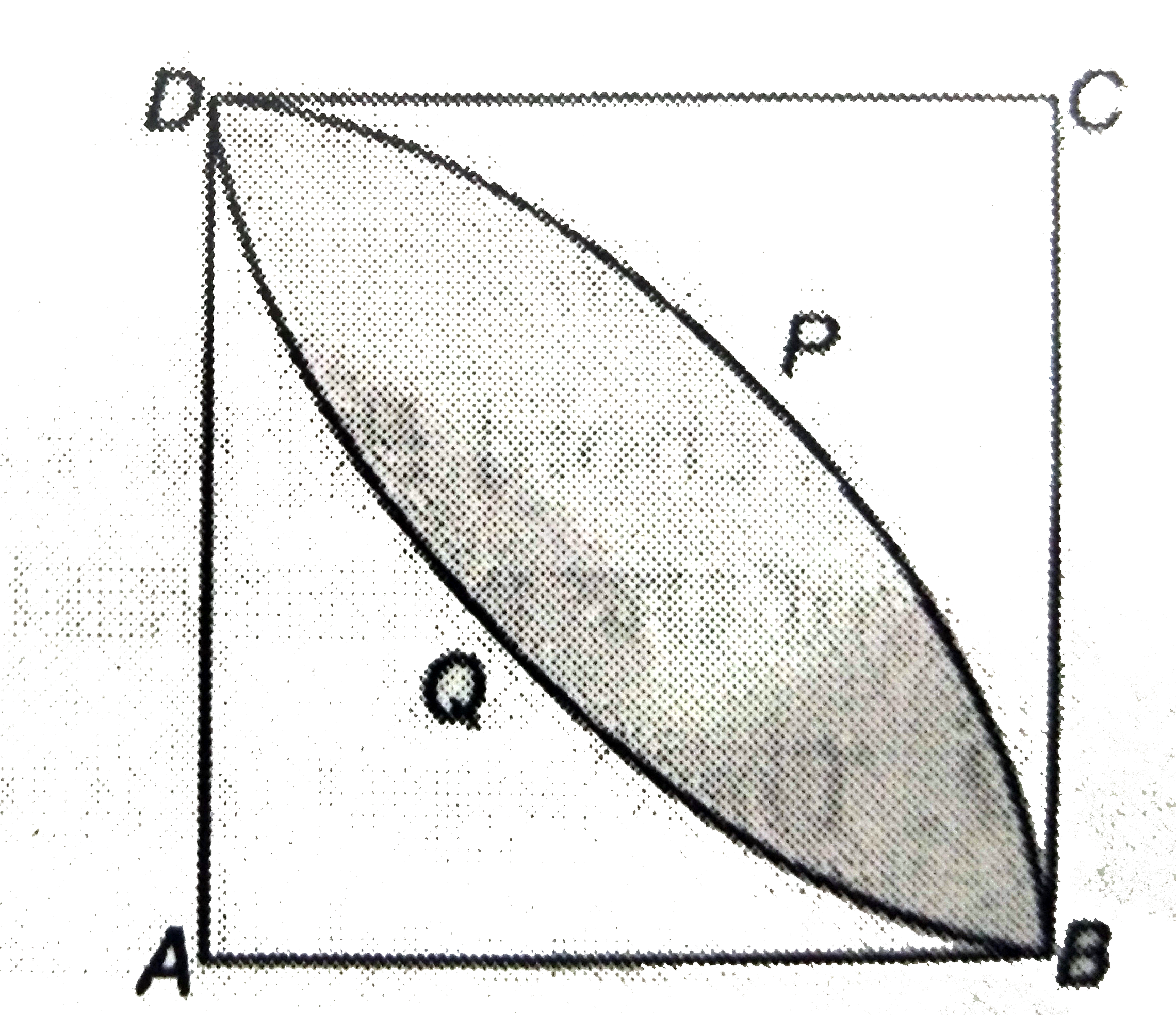
View SolutionIn the given figure, ABCD is a square of side 10 cm and semicircles are drawn with each side of the square as diameter. Find the area of the shaded region.
[ Use π=3.14]
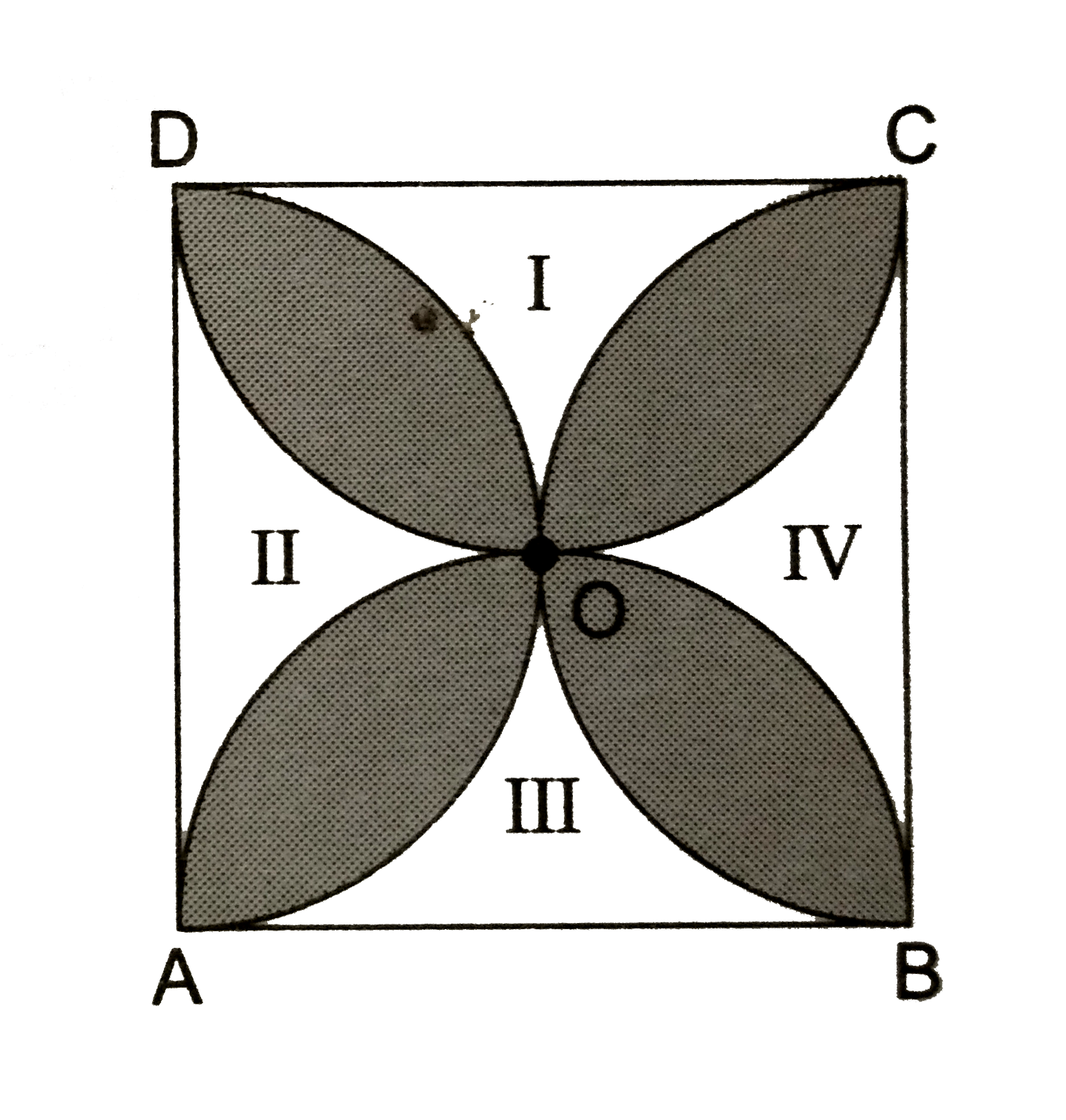
View SolutionIn the given figure, ABCD is a square . EFGH is a square formed by joining mid points of sides of ABCD, LMNO is a square formed by joining mid point of sideds of EFGH . A circle is inscribed inside EFGH . If area of circle is 38.5cm2 , then what is the area (in cm2) of square ABCD ?
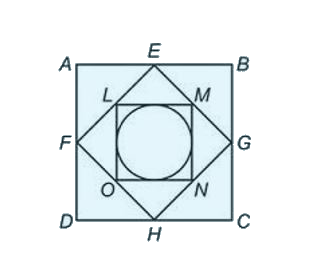
View SolutionIn the given figure, ABCD is a square and ΔBCT is an equilateral triangle. Find ∠BTD.

View Solution

